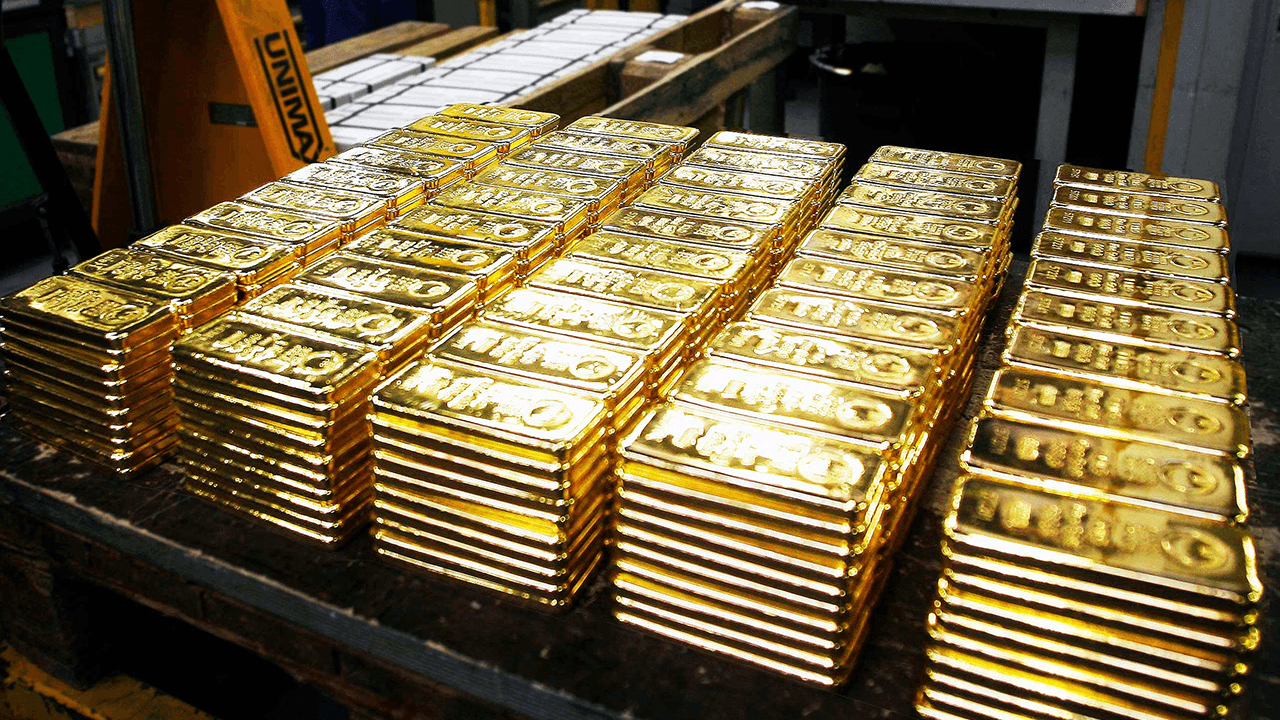The $4,000 Gold Forecast: A Comprehensive Analysis
Introduction: The Timeless Appeal of Gold
Gold has long been a symbol of wealth, power, and stability. Its luster transcends cultures and eras, making it a cornerstone of global finance. In 2025, gold is once again at the center of attention, with analysts and investors predicting a significant rally that could push prices to $4,000 per ounce. This report delves into the factors driving this bullish sentiment, the potential challenges, and the broader implications for investors and the global economy.
The Current Market Dynamics
As of early August 2025, gold is trading at approximately $3,362 per ounce. While this represents a modest 1% gain over the past week, the month-on-month performance has been relatively flat, with only a 0.10% increase. Despite this apparent stagnation, the optimism surrounding gold’s potential surge remains undiminished. The key question is: What are the underlying forces propelling this optimism?
Key Drivers of the Gold Rally
Geopolitical Uncertainty
The world in 2025 is marked by heightened geopolitical tensions, from escalating trade disputes to regional conflicts. In such an environment, gold traditionally serves as a safe-haven asset, attracting investors seeking to shield their capital from volatility and risk. The potential for further escalation could amplify demand for gold, driving prices higher.
Inflation Hedging
Concerns about rising inflation persist in the global economy. Gold is widely regarded as a hedge against inflation, maintaining its value when the purchasing power of fiat currencies declines. If inflationary pressures intensify, investors may increasingly turn to gold to preserve their wealth.
Central Bank Demand
Central banks worldwide have been actively accumulating gold reserves, diversifying their holdings away from the U.S. dollar. This trend is expected to continue, providing further support for gold prices. The motivations behind this buying spree include hedging against currency fluctuations, reducing reliance on the dollar, and bolstering national reserves.
Federal Reserve Policy
The prospect of the Federal Reserve initiating a rate-cutting cycle is another critical factor. Lower interest rates typically weaken the dollar, making gold more attractive to investors holding other currencies. Additionally, lower rates can stimulate economic growth, potentially leading to higher inflation and further boosting gold demand.
Market Sentiment
The collective belief that gold is poised for a rally can create a self-fulfilling prophecy. As more investors buy into this narrative, demand increases, driving prices higher and reinforcing the bullish sentiment.
The $4,000 Target: Reality or Fantasy?
WisdomTree’s EU-based commodities strategist argues that a $4,000 gold price is not a fantasy, citing the confluence of the aforementioned factors. JPMorgan analysts also predict gold reaching $4,000 in 2025, highlighting global trade tensions, inflation hedging, and central bank buying as key drivers. The staggering statistic of 710 tonnes of gold being bought globally every quarter underscores the robust demand supporting price appreciation.
Potential Obstacles to the Rally
Strength of the U.S. Dollar
A stronger U.S. dollar typically exerts downward pressure on gold prices. If the U.S. economy outperforms expectations and the Federal Reserve maintains a hawkish stance on interest rates, the dollar could strengthen, potentially dampening gold’s appeal.
Reduced Geopolitical Tensions
A significant de-escalation of geopolitical tensions could diminish gold’s safe-haven appeal. If diplomatic solutions are found to resolve conflicts and trade disputes, investors may shift their focus to riskier assets, reducing demand for gold.
Rising Interest Rates
Unexpected increases in interest rates could negatively impact gold prices. Higher rates increase the opportunity cost of holding gold, as investors can earn higher returns on interest-bearing assets.
Increased Mining Supply
A surge in gold mining production could potentially flood the market, putting downward pressure on prices. However, the discovery and development of new gold mines can be a lengthy and capital-intensive process, limiting the likelihood of a sudden supply glut.
Alternative Investments
The rise of alternative investments, such as cryptocurrencies, could divert some capital away from gold. While gold has traditionally been seen as a store of value, some investors are increasingly viewing cryptocurrencies as a viable alternative.
Implications for Investors and the Global Economy
A sustained gold rally to $4,000 per ounce would have significant implications for investors and the global economy:
Boost for Gold Mining Companies
Gold mining companies would likely benefit from higher gold prices, experiencing increased profitability and potentially expanding their operations. The NYSE Arca Gold BUGS Index ETF, which tracks gold producers, would likely see gains.
Inflationary Pressures
Higher gold prices could contribute to inflationary pressures, as gold is used in various industrial applications and as a store of value.
Currency Fluctuations
A significant gold rally could influence currency valuations, particularly for countries with large gold reserves or significant gold mining industries.
Portfolio Diversification
Investors may increasingly allocate a portion of their portfolios to gold as a hedge against inflation, economic uncertainty, and currency fluctuations.
Increased Scrutiny of Monetary Policy
A surge in gold prices could prompt greater scrutiny of central bank monetary policies, particularly if inflation rises significantly.
Conclusion: The Enduring Allure of Gold
Whether gold reaches $4,000 in 2025 remains to be seen. The convergence of geopolitical uncertainties, inflationary concerns, and central bank actions paints a bullish picture. However, potential headwinds related to dollar strength, risk-on sentiment, and interest rate adjustments could alter the trajectory. Regardless, the enduring allure of gold as a safe-haven asset ensures its continued relevance in the global financial landscape. The shiny metal’s story is far from over; it continues, gleaming with possibilities and steeped in the rich history of human fascination.











